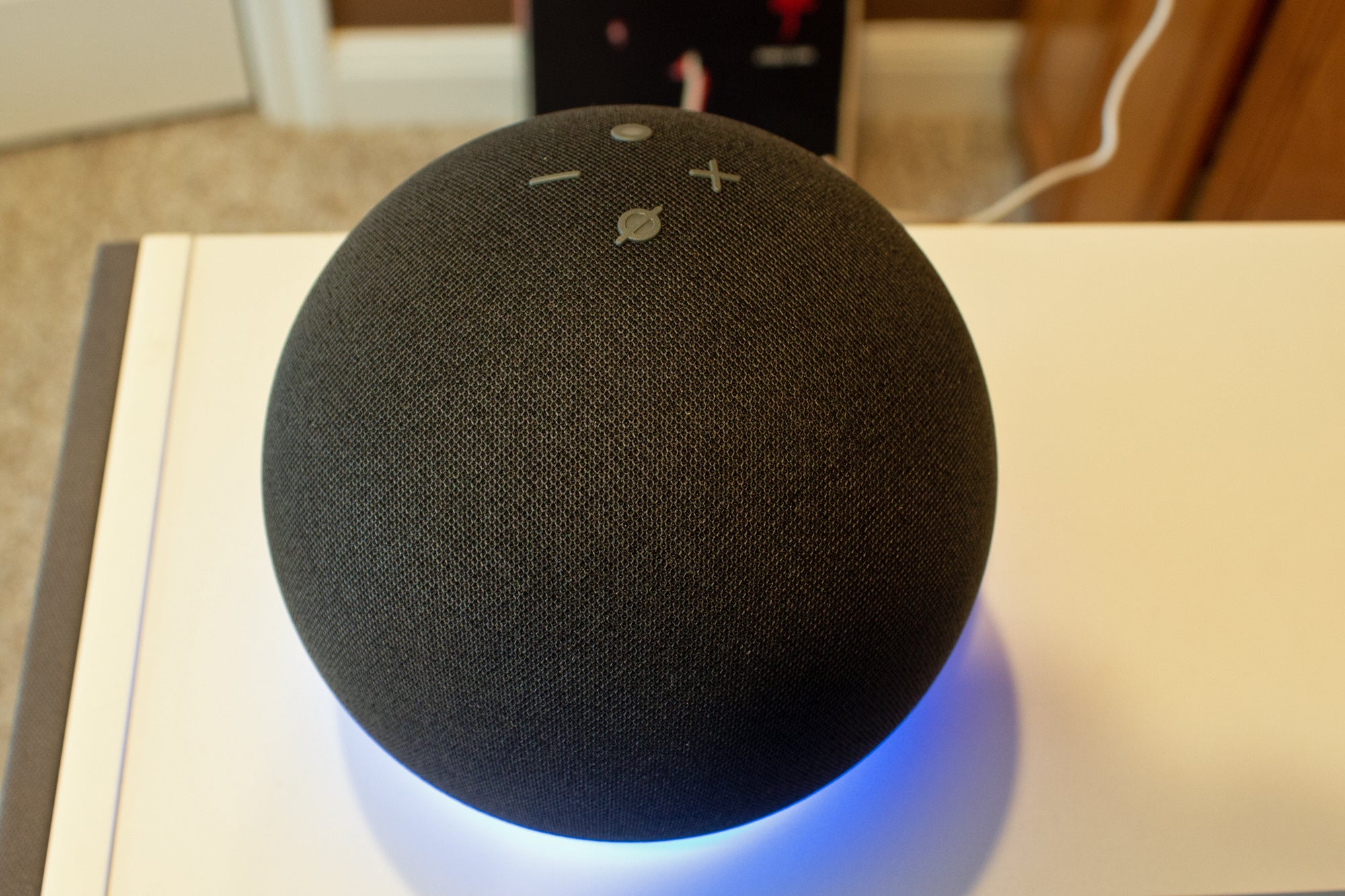
Amazon Echo (4th Generation): A Smart Home Command Center with Enhanced Audio Performance
Introduction
Amazon’s fourth-generation Echo smart speaker represents a significant departure from its predecessors, featuring a spherical design and enhanced capabilities. While its audio performance has improved, it remains a more impressive smart home hub than a musical performer.
Design
The spherical shape of the fourth-generation Echo is a striking contrast to the cylindrical form factor of previous models. It resembles a bowling ball and is larger than it appears in photographs. The fabric covering provides a soft touch, but its slippery surface makes it difficult to grip securely.
Smart Home Integration
The Echo’s strength lies in its smart home capabilities. It boasts a built-in Zigbee radio, eliminating the need for a dedicated "Plus" model for true smart home hub functionality. Amazon also included an onboard temperature sensor for convenient monitoring.
The addition of Bluetooth Low Energy (BLE) enables the Echo to connect with up to 10 Philips Hue Bluetooth bulbs without the need for Zigbee. Moreover, Amazon’s new Sidewalk network is supported, which will allow the Echo to act as a bridge for compatible devices to connect and reconnect to their router.
Alexa Guard and Guard Plus
Amazon continues to expand its smart home offerings with Alexa Guard and Guard Plus. The free version of Alexa Guard listens for smoke alarms, carbon monoxide alarms, and breaking glass, providing notifications to your smartphone if any are detected. Guard Plus upgrades this functionality to include listening for footsteps and door closing noises, and sends an alert if movement is detected outside the home. It also offers the option to contact a live agent in an emergency.
Audio Performance
Amazon has made strides in improving the audio quality of the fourth-generation Echo. It now delivers well-rounded sound, especially with bass-heavy tunes. However, in a comparison with the Nest Audio and Sonos One, the Echo comes up slightly short in terms of overall fidelity.
The speaker employs three drivers: dual 0.8-inch tweeters and a 3-inch woofer, which are configured to deliver stereo sound. While the bass is impressive, it tends to overpower mid-range instruments in certain tracks. The Sonos One and Nest Audio offer higher-fidelity audio performances, but with less bass response.
Other Features
The LED light ring has been relocated to the bottom of the speaker, casting a glow on the surface it rests on. Four buttons on the top of the ball control volume, mute the microphones, and perform various actions.
The Echo (4th Gen) includes a 3.5mm jack that can be configured as either an audio input or output. This allows for additional connectivity options, such as connecting an external music source or sending audio to higher-fidelity speakers.
Conclusion
The Amazon Echo (4th Generation) is a competent audio performer, but its true strength lies in its comprehensive smart home capabilities. The built-in Zigbee radio and enhanced Alexa Guard features make it an excellent choice for those looking to control their smart home with ease.
However, if audio fidelity is your top priority, you may prefer the Sonos One or the Nest Audio. Nonetheless, the Echo’s affordability and feature-rich ecosystem make it a compelling option for those seeking a balance between audio quality and smart home integration.
